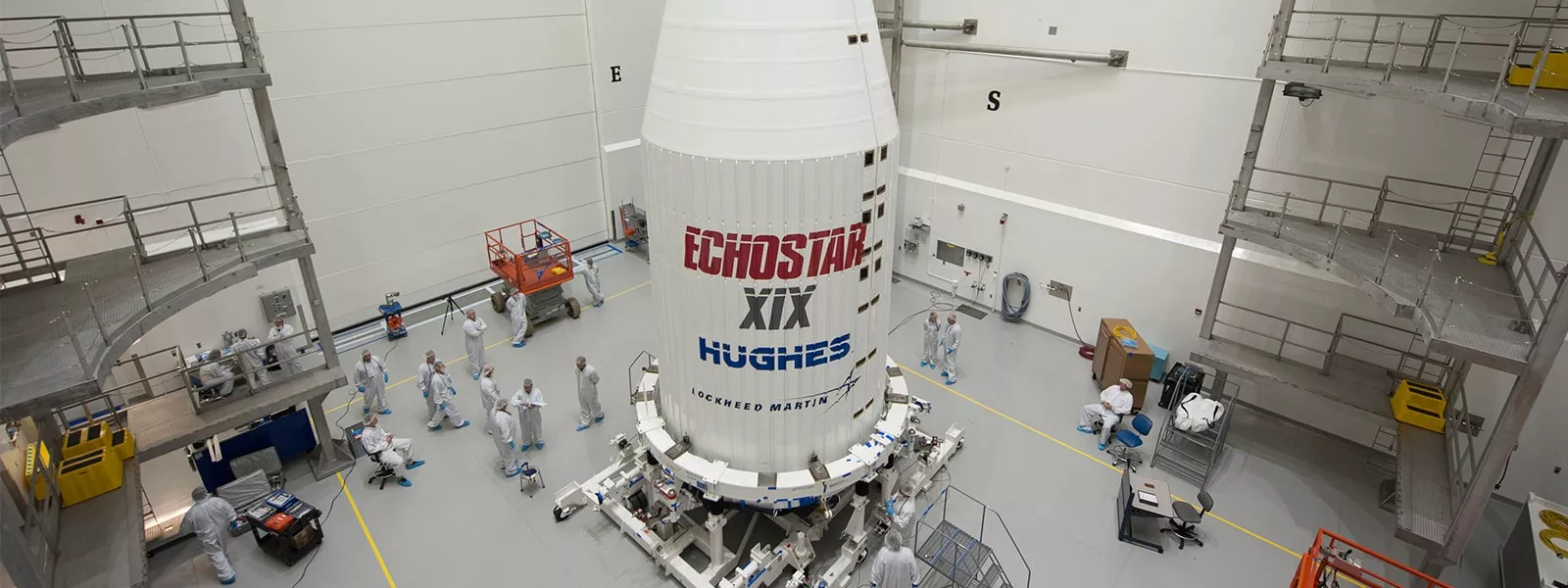JUPITER GEO Satellites
Our fleet of satellites supports a multi-service platform across North and South America, delivering essential connectivity for a range of applications.
Since the launch of the first Hughes High-Throughput Satellite (HTS) in 2007, we have engineered some of the highest capacity Ka-band broadband satellites in the world.
Our current fleet provides connectivity for consumer broadband, enterprise networking, cellular backhaul, emergency communications, and aero and maritime mobility applications.
The fleet includes:
Click on any of the links above to learn more.
JUPITER 1 (EchoStar XVII)
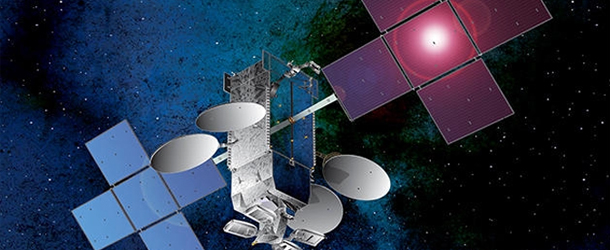
Launch: July 2012
Position: 107.1° West longitude
Coverage: Parts of North America
Service sectors: Consumer and small business
Capacity: 120 Gbps
Manufacturer: Space Systems/Loral (SSL)
Launched in July 2012 into its geostationary orbital slot 22,300 miles above the equator, JUPITER 1 (EchoStar XVII) is a fourth-generation Ka-band satellite providing Hughesnet® high-speed internet services in North America. JUPITER 1 exponentially increased the capacity of its predecessor SPACEWAY 3 to 120 Gbps and delivered 100 times more capacity than conventional Ku-band satellites. This satellite has a multi-spot beam, bent-pipe Ka-band architecture and was the world’s highest capacity broadband satellite when it launched. Click here to watch the launch.
JUPITER 2 (EchoStar XIX)
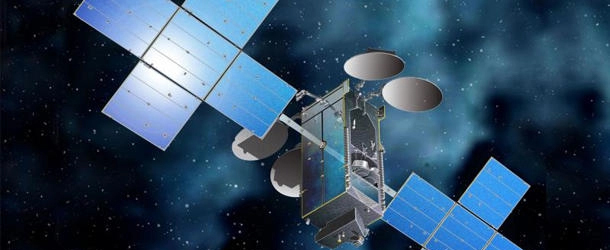
Launch: December 2016
Position: 97.1° West longitude
Coverage: North America, including Continental United States, Mexico, Colombia and Canada
Service sectors: Consumer, small business, enterprise, government, service providers and mobility
Capacity: 200 Gbps
Manufacturer: Space Systems/ Loral (SSL)
Launched in December 2016, JUPITER 2 (EchoStar XIX) doubled the Ka-band capacity of JUPITER 1 and increased the availability of Hughesnet high-speed satellite internet service coast-to-coast across the continental United States, as well as Mexico and Canada. JUPITER 2 has a multi-spot beam, bent-pipe Ka-band architecture based on the SSL 1300 platform. The satellite enables download speeds up to 25 Mbps, which the FCC set as the definitive rate for broadband, distinguishing JUPITER 2 as the first ever satellite to deliver broadband speeds from coast to coast across the U.S. With JUPITER 2, Hughes launched Hughesnet Gen5 service.
JUPITER 3 (EchoStar XXIV)
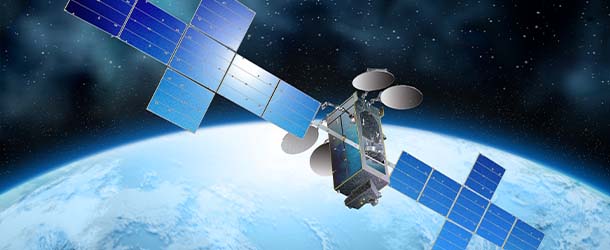
Launch: July 2023
Position: 95° West longitude
Coverage: The Americas, including the United States, Canada, Mexico, Brazil, and more countries in South America
Service sectors: Consumer, small business, enterprise, government, service providers and mobility
Capacity: More than 500 Gbps
Manufacturer: Maxar
Launched in July 2023, JUPITER 3 (EchoStar XXIV) is the highly anticipated, next generation Ultra High Density Satellite (UHDS) that will dramatically expand the overall reach and capacity of the JUPITER fleet across the Americas. With two to three times the Ka-band capacity of JUPITER 2, JUPITER 3 is expected to be the world’s largest commercial communications satellite when it launches, bringing total capacity of the JUPITER fleet to more than 1 Tbps.
JUPITER 3 will power service plans with higher download speeds, ushering in a new era of even higher speed services for consumers outside the reach of cable and fiber. The first HTS to use Q- and V-band for gateway feeder links to optimize the amount of Ka-band available for customers, JUPITER 3 will drive the continued growth of Hughesnet across the Americas. It will also support in-flight Wi-Fi, maritime connections, enterprise networks, backhaul for Mobile Network Operators (MNOs), and Community Wi-Fi solutions.
Hughes 20 West (Al Yah 3)
Launch: January 2018
Position: 20° West longitude
Coverage: Brazil
Service sectors: Consumer, small business, enterprise, government and service providers
Manufacturer: Orbital ATK
Hughes 20 West represents the capacity that serves Brazil on the Al Yah 3 satellite. The first hybrid electric propulsion GEOStar-3™ satellite, Al Yah 3 was built by Yahsat. The payload over Brazil became part of the Hughes JUPITER HTS fleet when Hughes and Yahsat commenced a joint venture in Brazil in 2019.
Today, Hughes 20 West supports Hughesnet high-speed satellite internet for consumers and small- to medium-sized businesses across Brazil, as well as Community Wi-Fi Hotspots and cellular backhaul for Mobile Network Operators (MNOs) to reach communities unserved or underserved by terrestrial access.
Hughes 63 West (Telstar 19 VANTAGE)
Launch: July 2018
Position: 63° West longitude
Coverage: Brazil, Chile, Colombia, Ecuador, Peru (90% of the populations) and Argentina
Service sectors: Consumer, small business, enterprise, government and service providers
Manufacturer: Space Systems/ Loral (SSL)
A hosted payload aboard the Telstar 19 VANTAGE satellite, Hughes 63 West builds on the capabilities of Hughes 65 West – which enabled the launch of Hughesnet in Brazil – to deliver Ka-band HTS capacity across South America. Hughes 63 West powered the expansion of Hughesnet in markets such as Brazil and Colombia, and the launch of Hughesnet service to help bridge the digital divide in Peru, Ecuador and Chile.
Hughes 65 West (Eutelsat 65 West)
Launch: July 2016
Position: 65° West longitude
Coverage: Brazil (85% of the population)
Service sectors: Consumer, small business, enterprise, government and service providers
Manufacturer: Space Systems/ Loral (SSL)
Aboard the Eutelsat 65 West A satellite, the Hughes 65 West payload includes 18 Ka-band spot beams across Brazil, reaching 85% of the population. As part of a 15-year service agreement with Eutelsat Communications, Hughes 65 West enabled the launch of Hughesnet high-speed satellite Internet service in Brazil, representing the first international deployment of the award-winning consumer service beyond North America. Hughes 65 West brought affordable broadband Internet access to consumers and businesses throughout Brazil that were previously unserved or underserved by terrestrial broadband.
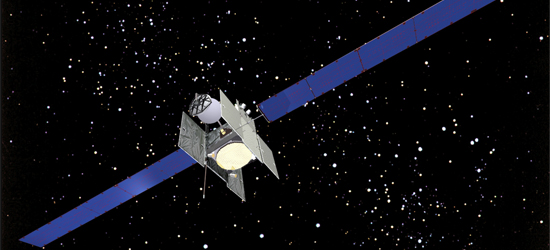
Launch: August 2007
Position: 95° West longitude
Coverage: North America
Service sectors: Enterprise, government, consumer and small business
Features: 10 Gbps
Manufacturer: Boeing
Launched in August 2007, SPACEWAY 3 was the first Ka-band satellite system to employ on-board traffic switching and routing. Providing broadband-on-demand service and a range of broadband IP services, the satellite supports spot beam formation, peer-to-peer communications, and single-hop networking of high-performance ground terminals.
